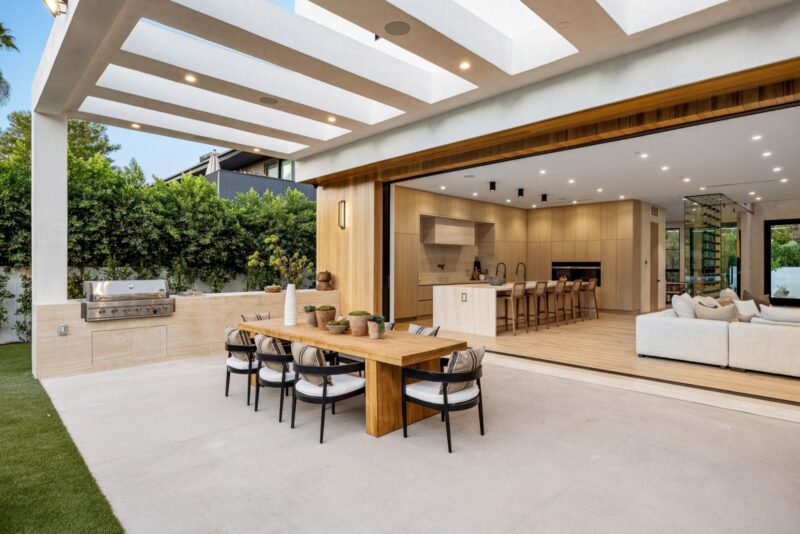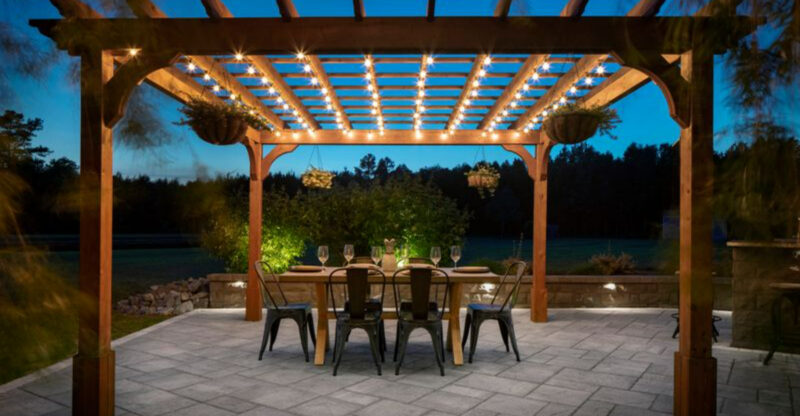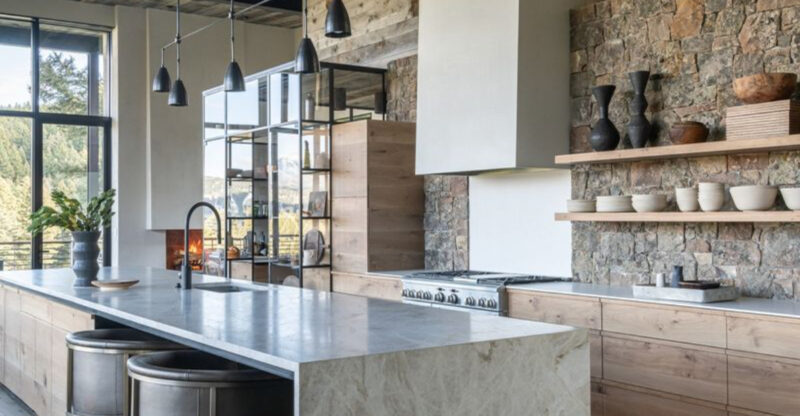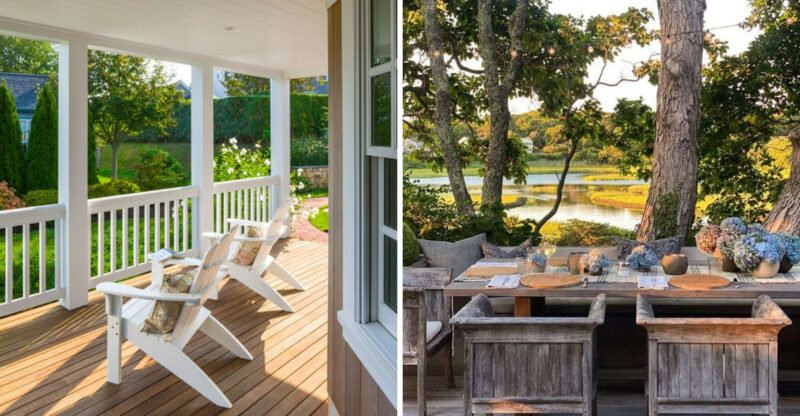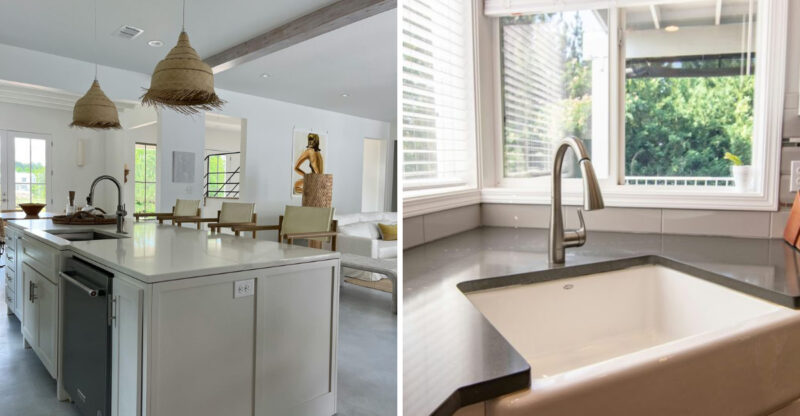16 Ways To Style Indoor Plants For A Healthier Home In Oregon
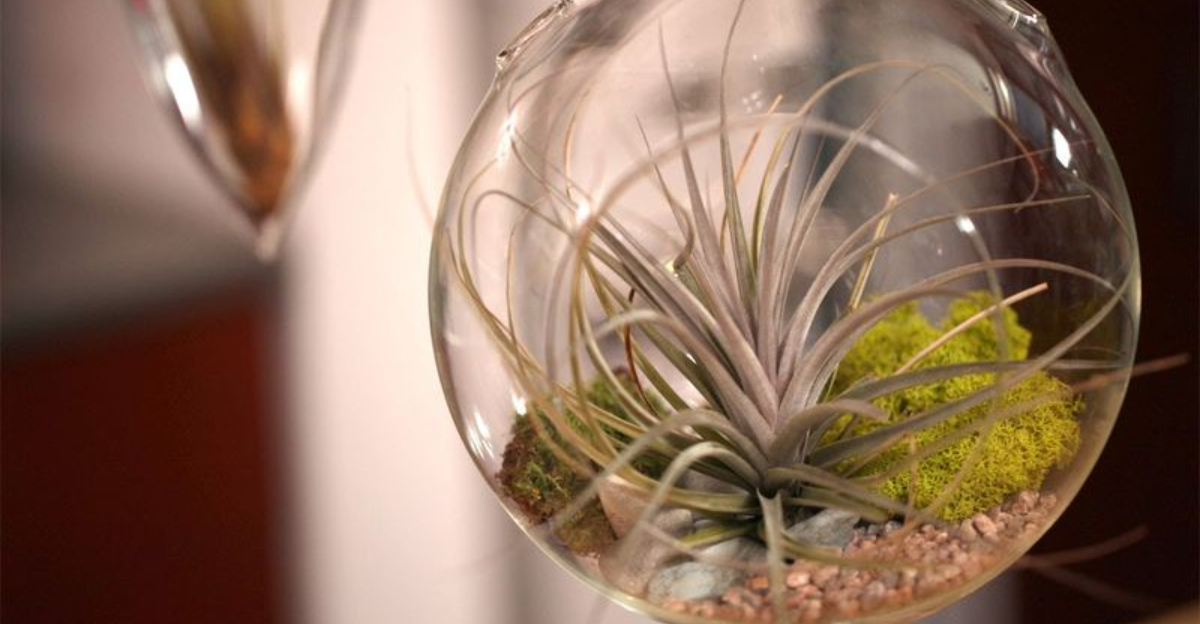
Soft light filters through rain-dappled windows, reflecting against glossy leaves that breathe quiet life into each corner of the home. Greenery adds rhythm to the space, balancing stillness with subtle growth, transforming ordinary rooms into havens of calm.
In Oregon, where long, wet seasons shape the rhythm of daily living, plants provide both beauty and comfort. Their presence bridges the indoors with the evergreen landscape outside, creating a natural refuge that feels restorative through every season.
1. Hanging Macramé Planters In Bright Windows
Sunlight dances through handcrafted macramé holders, creating beautiful shadow patterns while showcasing trailing plants. The natural cotton or jute fibers add warmth to stark window frames.
Position these in east or west-facing windows for optimal indirect light that won’t scorch delicate leaves. Pothos, string of pearls, or spider plants thrive in these suspended gardens while freeing up precious surface space.
2. Layered Plant Shelves For Small Spaces
Transform narrow vertical spaces into green galleries with staggered shelving. Wood tones complement the natural elements while providing different heights for varied plant exposure.
Group similar-care plants together – succulents on sunny top shelves, shade-lovers below. This arrangement creates visual interest through layering while making the most of limited square footage in compact Oregon apartments or bungalows.
3. Corner Floor Plants In Woven Baskets
Empty corners spring to life with substantial floor plants nestled in textured baskets. The contrast between structured weaving and organic foliage creates visual harmony while anchoring the room.
Select moisture-resistant baskets with plastic liners to protect floors from water damage – crucial in Oregon’s damp climate. Rubber plants, bird of paradise, or monstera deliciosa make striking statements while softening angular architecture.
4. Clustered Terracotta Pots By The Fireplace
Earthy terracotta creates a Mediterranean vibe even during Oregon’s gray winters. Varying heights and sizes create an informal grouping that feels collected over time rather than store-bought.
The porous clay helps regulate soil moisture while the warm orange tones complement flickering firelight. Choose drought-tolerant varieties like rosemary, jade plants, or small cacti that appreciate the drier microclimate near heat sources.
5. Plant Stands With Mixed Heights
Elevate your greenery game with stands that create dynamic visual levels. Metal, wood, or ceramic bases lift plants off the floor, improving air circulation while adding architectural interest.
Group stands of different heights together for a curated look. This approach works beautifully in Oregon homes with large windows, allowing shorter plants to receive adequate light without being overshadowed by taller varieties.
6. Indoor Herb Garden On Kitchen Windowsills
Fresh herbs transform ordinary meals into culinary adventures while purifying kitchen air. Small pots of basil, mint, thyme and rosemary thrive on sunny sills, creating a practical green border.
Label each pot with wooden markers for both function and charm. Oregon’s mild climate means many herbs flourish indoors year-round with minimal effort, providing aromatic greenery and fresh flavors just an arm’s reach away.
7. Statement Fiddle Leaf Fig In The Living Room
Bold and sculptural, a fiddle leaf fig creates an instant focal point with its dramatic silhouette. Position yours in a decorative pot that complements your color scheme – natural ceramics work beautifully in Oregon’s nature-inspired interiors.
Place near (but not directly in) bright filtered light, away from drafty windows common in older Oregon homes. These statement plants draw the eye upward, creating height in rooms with standard ceilings.
8. Cascading Ivy On Floating Shelves
Trailing English ivy transforms rigid shelving into living architecture. The lush green tendrils soften hard edges while creating vertical interest against neutral walls.
Mount simple floating shelves at varied heights, allowing ivy to cascade naturally between levels. This arrangement thrives in Oregon’s indirect light conditions and adds movement to static spaces. The ivy also acts as a natural air purifier, removing indoor pollutants common during sealed-up winter months.
9. Air Plants In Glass Terrariums
Otherworldly tillandsia (air plants) need no soil, making them perfect for creative display. Suspended glass globes or geometric terrariums showcase their unique forms while adding a touch of modern whimsy.
Group several at different heights for maximum impact. These low-maintenance beauties thrive in Oregon’s naturally humid environment with just weekly misting. Their sculptural shapes create living art that works in any room of your Pacific Northwest home.
10. Bathroom Ferns For Humid Corners
Steam-loving ferns transform ordinary bathrooms into spa-like retreats. Their delicate fronds unfurl beautifully in the naturally humid environment created by showers and baths.
Boston ferns or maidenhair varieties thrive in Oregon’s naturally damp climate. Position them on vanity corners or hanging near frosted windows for privacy with natural texture. The lush greenery softens utilitarian spaces while naturally filtering air.
11. Snake Plants As Bedroom Air Purifiers
Sword-like leaves stand tall in sleek cylindrical planters, creating architectural lines perfect for contemporary Oregon bedrooms. Their striking vertical growth requires minimal space while making maximum impact.
Unlike most plants, snake plants release oxygen at night, improving air quality while you sleep. This makes them ideal companions for Oregon’s tightly-sealed winter bedrooms. Their structural form adds a touch of modern simplicity to any sleep space.
12. Desk-Side Succulents In Ceramic Pots
Compact echeverias and haworthias bring life to work spaces without demanding attention. Their jewel-toned rosettes add color to desks while requiring minimal care – perfect for busy professionals.
Small handcrafted ceramic pots from Oregon artisans elevate these low-maintenance plants into desk accessories. The varied textures and colors create visual interest during long work sessions. Their compact size fits perfectly in home office nooks common in Portland bungalows.
13. Hanging Spider Plants In Entryways
Arching spider plants create a welcoming cascade of green and white striped foliage. Their dramatic spilling habit softens entryway transitions while purifying air in these high-traffic zones.
Hang them from ceiling hooks or wall brackets where their plantlets can dangle freely. These hardy classics thrive in Oregon’s filtered light conditions. Their ability to produce “babies” means one plant can eventually populate your entire home.
14. Eucalyptus Branches In Minimalist Vases
Silver-blue eucalyptus brings Oregon forest vibes indoors with minimal effort. Fresh or dried branches last for weeks, releasing subtle aromatherapy benefits that enhance your home’s atmosphere.
Display in simple glass or ceramic vessels that let the botanical forms take center stage. The subtle color palette works with any decor style while adding height to coffee tables or mantels. As a bonus, eucalyptus naturally repels insects that might venture into homes during warmer months.
15. Partitioning Rooms With Tall Bamboo Palms
Create natural dividers in open-concept Oregon homes using statuesque bamboo palms. Their feathery fronds provide semi-transparent screening without blocking light or making spaces feel cramped.
Position in large woven baskets that can be moved as needed for flexibility. These adaptable plants thrive in Oregon’s indirect light conditions. Their height (often reaching 5-7 feet) establishes distinct zones in multipurpose rooms while maintaining visual flow.
16. Seasonal Rotations With Native Oregon Plants
Connect with local ecology by bringing native Oregon plants indoors temporarily. Sword ferns, salal, and Oregon grape create stunning displays that reflect the changing seasons outside your windows.
Rotate these natives through your home for a few weeks before returning them to garden beds. This practice creates dynamic indoor landscapes that evolve throughout the year. The familiar plants create a seamless transition between indoor and outdoor living spaces.

